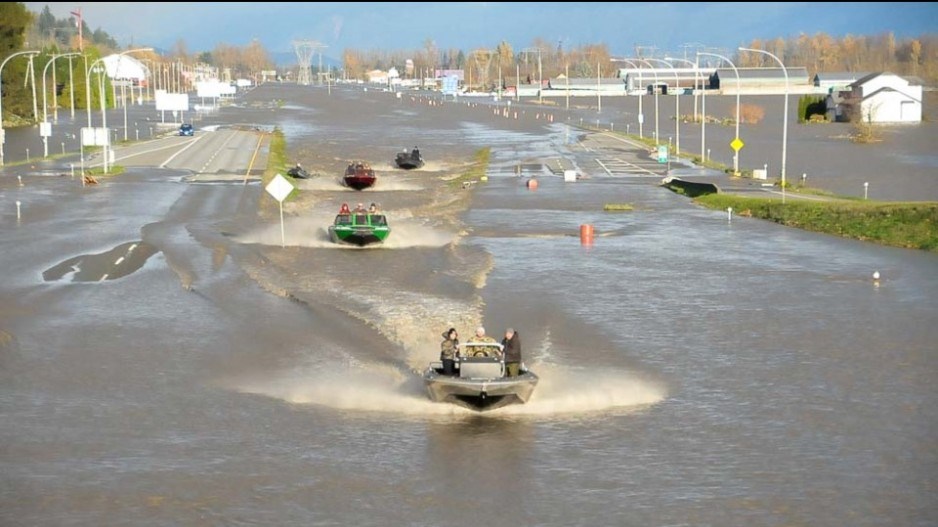One of the more intriguing moves made by Premier David Eby when he appointed his new cabinet was the creation of a brand-new ministry to focus on planning for natural disasters, particularly those caused by climate change.
Its official name is the Ministry of Emergency Management and Climate Readiness, and the minister is Bowinn Ma, the MLA for North Vancouver-Lonsdale. She had previously served as in a junior portfolio as the Minister of State for Infrastructure.
Ma will likely fast become a familiar face if the pattern of weather and natural disasters that have befallen B.C. in recent years continues, and there is no reason to think they won’t.
The last few years have featured extraordinary events that were almost unheard of previously: a record-setting “heat dome” that claimed more than 600 lives, more than 1,000 wildfires that destroyed an entire town and an “atmospheric river” that brought devastating flooding to the Fraser Valley.
Most recently, a record cold snap and a huge snowfall brought parts of B.C. to a halt and exposed the weakness of municipal and provincial snow clearing abilities (something hardly given even a thought to until this year).
Ma has already held one news conference (along with Transportation Minister Rob Fleming) to deal with the recent snow and cold weather event, and she is certain to be holding many more in the time ahead.
But aside from building a public profile, Ma will also be expected to steadily improve the co-ordination of various ministries and different levels of government to respond to emergencies.
Eby’s “mandate letter” to Ma directs her to learn from the lessons of past emergencies and “build our capacity to be resilient in the face of recent emergencies and prepare in a way that mitigates the risk of future emergencies.”
Given that no government can control the weather, Eby may be handing Ma a tall task indeed. As these weather events occur more regularly the pressure will be on Ma’s new ministry to literally work miracles in the face of potentially catastrophic fires, floods and other weather-related disasters.
This is not to suggest the new ministry is not needed. But is still unclear how it will operate on the ground.
For example, it will be interesting to see how Ma works with municipal governments when dealing with disasters. Will the province take more control when it comes to such things as mass flooding or huge snowfalls?
Eby has already signaled he is prepared to go over municipalities’ heads when it comes to creating housing, so it is quite possible Ma may take the same approach when it comes to dealing with weather-caused emergencies.
The creation of this new ministry is a sign that climate change and its devastating effects are now elevated to a top level of government concern (emergency management had previously been part of the public safety ministry).
B.C. got its first health minister in 1940s as population growth resulted in a more complicated and larger health-care system.
In 1975, as environmental values began to take hold in the public consciousness, the province’s first-standalone environment ministry was created (it was previously called recreation and conservation).
And now we have a climate readiness portfolio. Welcome to the times.
Keith Baldrey is chief political reporter for Global BC


.jpg;w=120;h=80;mode=crop)
.jpg;w=120;h=80;mode=crop)


